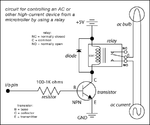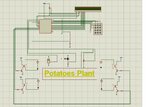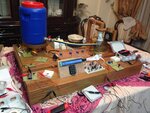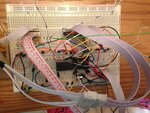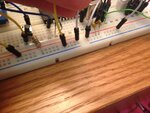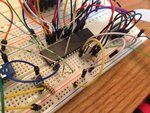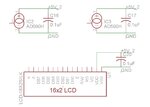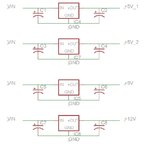KhaledOsmani
Full Member level 6

Hello,
I`m connecting a PIC, to four open-circuit relays, whereas the loads, are of 220V, basically ranging between 10W, 19W, and 20W, only one of them (I`m not making it turn off frequently) is of 1KW.
When connected, two of the four, sometimes one,
the pic GOES COMPLETELY CRAZY, either it:
Reset randomly
Takes decision from its own
slows down, to half its original speed...
Why could this happens to a PIC, why a PIC would "lose its mind", and go as slowly as it could be.
Is it because of the open-relay switch connections? notice that 3/4 of the loads, are very low power, one is a valve, other is a fan, final is a LED lamp.
Any possible solutions please!
I`m connecting a PIC, to four open-circuit relays, whereas the loads, are of 220V, basically ranging between 10W, 19W, and 20W, only one of them (I`m not making it turn off frequently) is of 1KW.
When connected, two of the four, sometimes one,
the pic GOES COMPLETELY CRAZY, either it:
Reset randomly
Takes decision from its own
slows down, to half its original speed...
Why could this happens to a PIC, why a PIC would "lose its mind", and go as slowly as it could be.
Is it because of the open-relay switch connections? notice that 3/4 of the loads, are very low power, one is a valve, other is a fan, final is a LED lamp.
Any possible solutions please!


